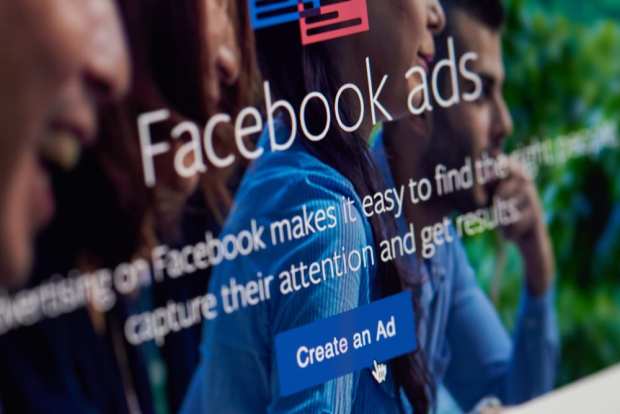Social Media Lures Credit Card Giants – And Their Advertising Spend

Now, when you like your credit card rewards … you can really “like” them.
On social media – specifically, on Facebook.
The Wall Street Journal reported on Tuesday morning (April 23) that at least a few credit card giants – Capital One Financial Corp. and American Express Co. among them – are spending time (and a significant sum of money) on efforts to buy Facebook ads, looking to get new users for their cards.
As estimated by Mintel Comperemedia’s data analysis (the data is from Pathmatics), Capital One spent $18.6 million on those efforts last year, leagues above the $2.8 million spent in 2017. American Express spent $13.5 million last year, up from $4 million in 2017.
Discover Financial Services has also committed capital to Facebook ads, spending more than $1 million last year, compared to $426,000 in 2017.
Call it, then, an emerging “brave new world” where credit card companies are tapping into bits and bytes to get a bit more traction. Indeed, the digital realm is blurring the lines of how we interact with companies – and, increasingly, digital is the way that at least some issuers are leaning toward the cards themselves.
Witness the announcement last month by tech giant Apple that it was getting into the credit card game with both plastic and virtual offerings, and the news this past week that PayPal might offer credit cards, too. (As the CEO of Ondot Systems said to PYMNTS in an interview this week, the Apple news seems destined to change the “conversation” about how credit card companies come to market with new offers.)
Of course, the traditional “snail mail” conduit still receives the bulk of attention and funding. The Journal reported that data from those aforementioned firms shows that Capital One and Discover spent $377 million and $196 million on mail solicitations for cards. As noted in the DMA Response Rate Report, direct mail response rates are 9 percent to a house list, 5 percent to a prospect list and social media had a 1 percent rate. Financial services firms were among the heaviest users of direct mail, at about 67 percent of firms in that vertical.
Yet getting new cards out in the field remains important as new issuances have slowed, and at least some cards are no longer being used as consumers have “gamed” rewards programs, repeating that system across several cards as they spend just enough to earn the points they need for the goods and services they desire.
If the goal is to get younger consumers, the social media movement makes sense. Some issuers such as American Express are also paying social media “influencers” to post on sites like Twitter in an effort to pique interest among their followers, which can range from tens of thousands to hundreds of thousands and even to millions of individuals.
